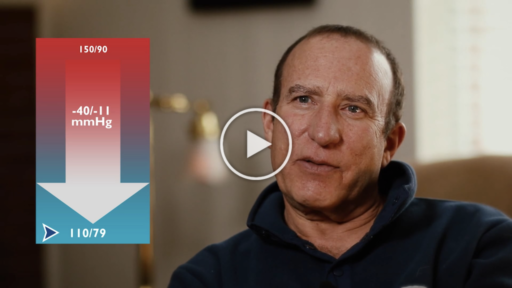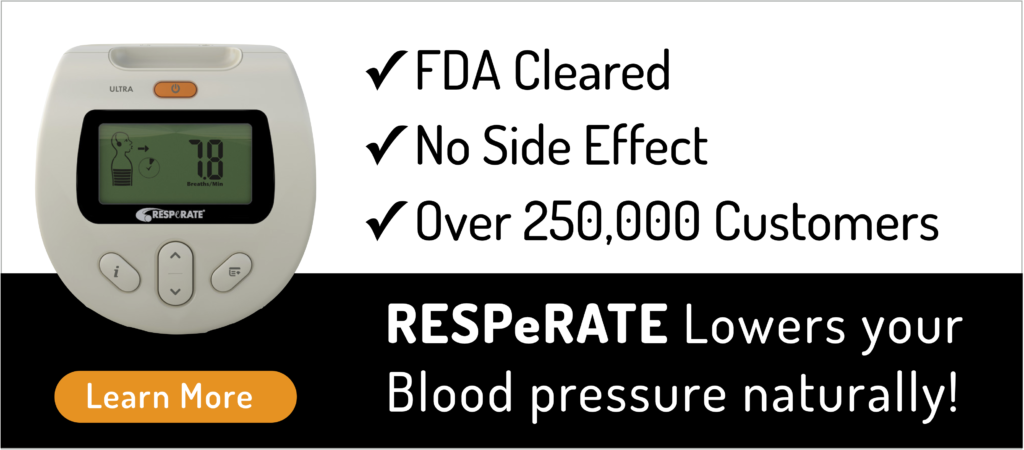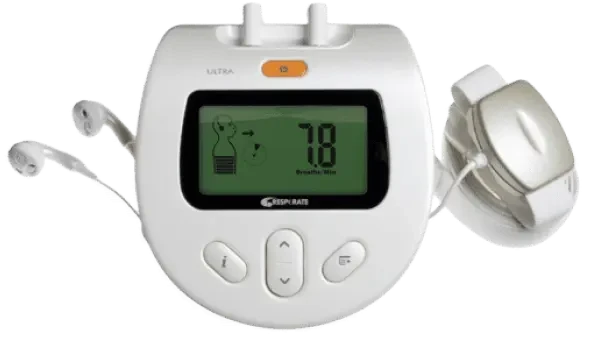Ambulatory Blood Pressure Monitoring (ABPM) is when your blood pressure is being measured as you move around, living your normal daily life.
It is normally carried over 24 hours. It uses a small digital blood pressure machine that is attached to a belt around your body and which is connected to a cuff around your upper arm. It small enough that you can go about your normal daily life and even sleep with it on.
By measuring your blood pressure at regular intervals over 24 hours, your doctor is able to get clear pictures of how your blood pressure changes throughout the day. There are a number of reasons why your doctor might suggest this test.
They may want to find out if your high blood pressure readings in the clinic are much higher than they are away from the clinic (called the “white coat effect”). Your doctor may want to see how well your medicines are working, to make sure they are controlling your blood pressure through the day.
Your physician may want to see if your blood pressure stays high at night. If this is the case, they may need to change or adjust your medications.
Normally the machine is fitted at your local hospital outpatient department, although some physicians offices may have their own.
What are the Benefits?
By measuring your blood pressure at regular intervals up to 24 hours, your doctor is able to get a clear idea of how your blood pressure changes throughout the day.
Also, because you are able to carry on with your normal routine, it avoids the problems of “white coat syndrome” (where your blood pressure rises because you are feeling anxious about being tested by your doctor or nurse).
Why did my physician order this test?
There are a number of reasons why He/She may have ordered this:
- To establish a diagnosis of high blood pressure (hypertension)
- To identify patients who have higher blood pressure readings when in the clinic (known as ‘white coat effect’)
- Determine if blood pressure medication is required
- To help to decide whether any change to your medication is required
- To further investigate people whose blood pressure is hard to control
- To see how well a patient’s blood pressure medicines are controlling blood pressure throughout the day
- To see what happens to a patient’s blood pressure at night
Ambulatory BP monitoring can also help to predict the likelihood of cardiovascular (blood vessels in the heart) and cerebrovascular (blood vessels in the brain) disease linked to hypertension and organ damage.
Ambulatory BP monitoring may also be suitable in other situations, such as:
- Pregnant women with hypertension
- Patients with “borderline” hypertension
- Difficulty controlling BP with medication
- BP changes due to other drugs
- Changes in prescription medications that may impact BP
- Fainting episodes or hypotension (low BP)
What You Should Know:
To allow the machine to work properly, it is important to make sure that the tube to the machine is not twisted or bent. Also, just before the machine is about to take a reading, it will alert you.
When this happens you should:sit down, if possible keep the cuff at the same level as your heart keep your arm still do not talk or cross your legs during the recording.
It is recommended that you do not drive for the duration of your monitoring.Your clinician may ask you to keep a diary while wearing the monitor, what time you went to bed, and got up and if and when you took medications.
Some people find 24-hour testing distracting and uncomfortable. Your clinician should advise you of what to do in this case when they fit the monitor
What Can I Expect?
A 24-hour blood pressure measurement is just the same as a normal blood pressure check: a digital machine takes your blood pressure by inflating a cuff around your upper arm and then slowly releasing the pressure. The machine is small enough to be worn on a belt around your waist while the cuff stays on your upper arm for the full 24 hours.
The machine then takes blood pressure readings at regular intervals throughout the day: usually, every 15-30 minutes during the daytime and 30-60 minutes at night.
You will need to keep the monitor on through the night – you could put the machine under the pillow or on the bed while you sleep.
Because the test is being carried out to find out what your normal daily blood pressure is, it is important to carry on with your normal routine and do all the things you would normally do. The only things you should avoid doing for the day are swimming and having a bath or shower.
At the end of the 24 hours, you can remove the machine and cuff and give it back to the hospital or surgery. The machine will have stored all your readings and these will then be analyzed.
What The Research Suggests
Twenty-four hour ABPM is an important yet underused tool for proper risk stratification of treated hypertensive patients. The non-dipping profile is associated with a higher incidence of diastolic dysfunction. The collective results revealed the superiority of ABPM over office BP measurement.
Adult ABPM studies have consistently reported superiority of ABPM parameters over clinic BP in predicting mortality, cardiovascular events, and target organ damage such as left ventricular hypertrophy.

 Eli Ben-Yehuda
Eli Ben-Yehuda 












 Download Brochure
Download Brochure
Comments